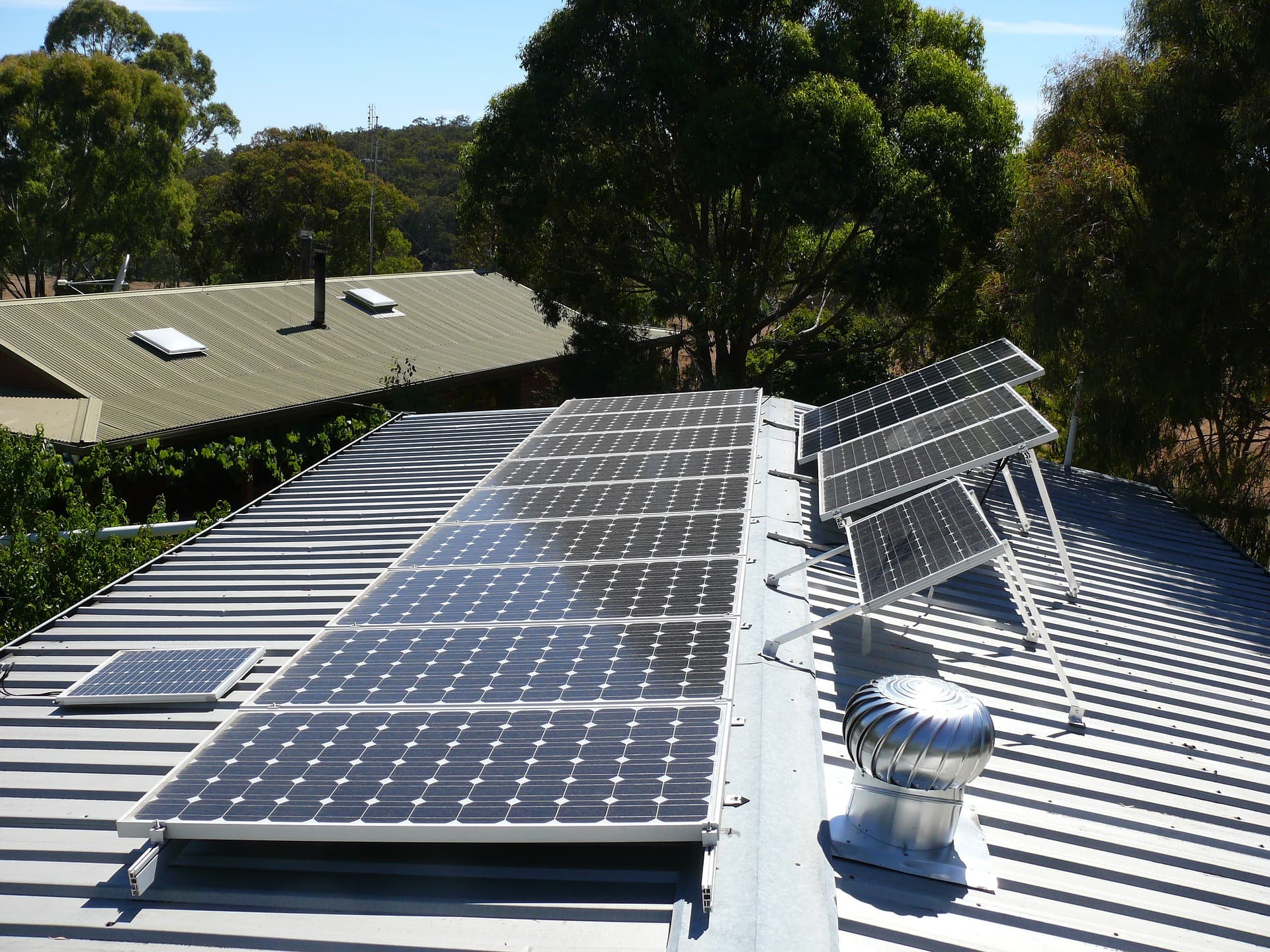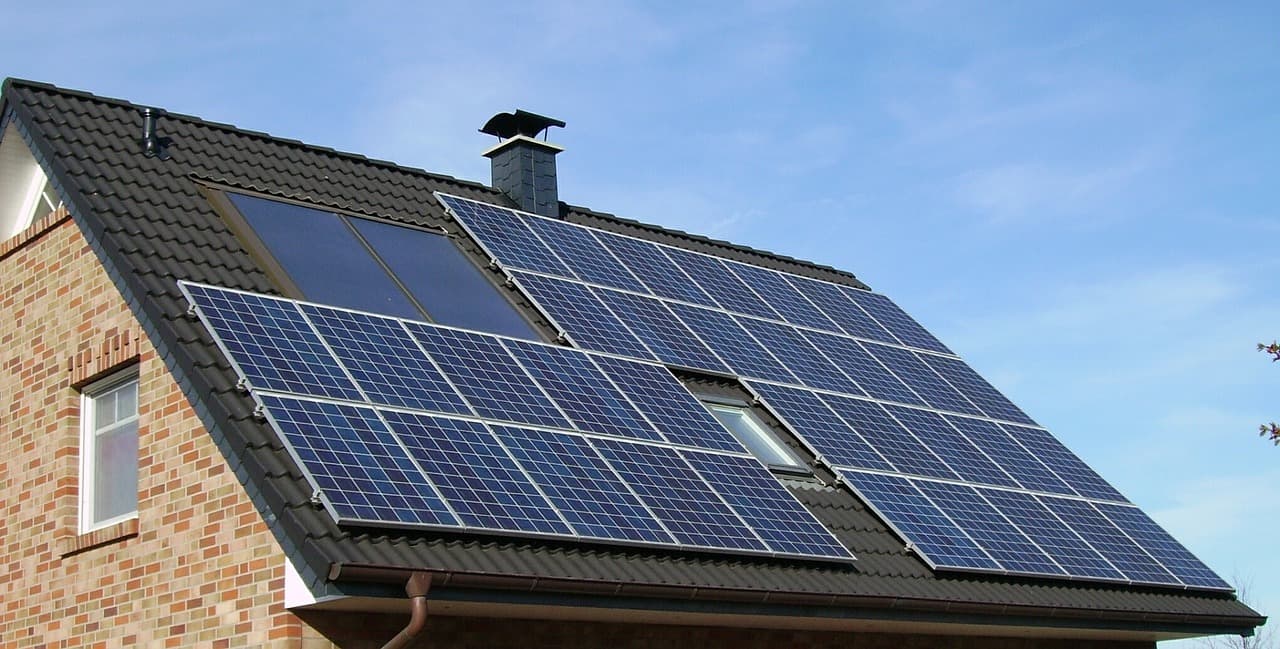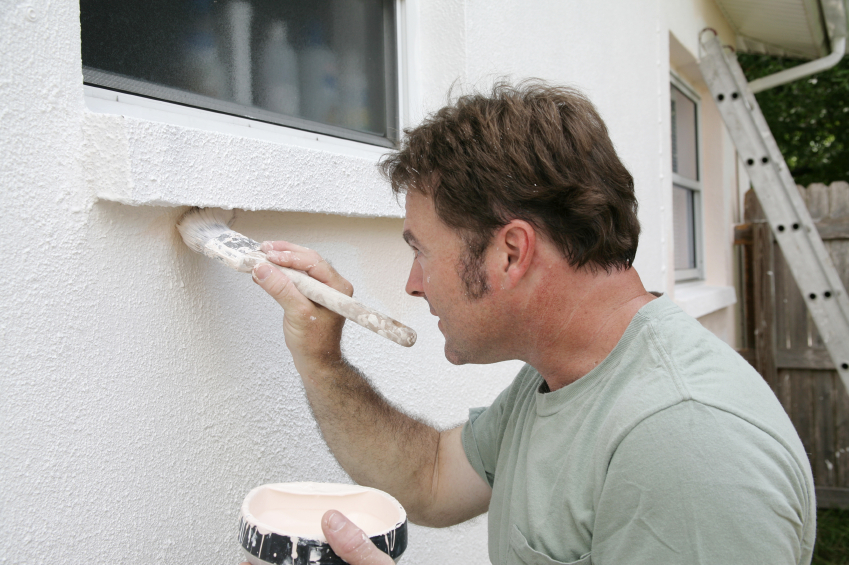
In your fast-paced life filled with appointments and responsibilities, you can reach for the usual brand of disinfectant without another thought. With so many important things to stay on top of, have you taken a closer look at the ingredients of these basic cleaning solutions?
Many popular cleaning products are chocked full of toxic components that you don’t want in your home. While this is just one reason to switch to organic options, there are several others. Discover more with the following reasons to buy natural cleaning items for your house.
1. Protect the Earth
Common cleaning solutions can lead to pollution, especially through water contamination. Basic ingredients like ammonia, phosphorus and nitrogen may sanitize your house, but they ultimately end up lakes, rivers and coastal waters. Ecosystems suffer when these substances wreak havoc on wildlife habitats.
When you opt for non-hazardous cleaners, you can prevent damage to the environment. Choosing biodegradable solutions can better the earth and its inhabitants. Shield the ecosystems from disaster by ditching contaminating substances.
2. Spend Less
Green cleaning options are simple and serve multiple purposes, so you don’t have to purchase as many items. As a budget-friendly path, you can easily transition to an eco-friendly lifestyle and benefit your bank account.
Household staples can double as effective purifying agents in straightforward recipes. Tossing together homemade mixtures including lemons, vinegar and baking soda costs little.
3. Avoid Health Risks
Typical store-bought cleaners hold harmful chemicals that can irritate your skin, cause respiratory infections and lead to serious health complications. Eliminate these risks and restore your health by incorporating safe cleaners into your housework.
Known carcinogens are even present in some cleaning items and cosmetics. Toilet bowl cleaners contain dangerous formaldehyde-releasing preservatives, so don’t take any chances when clearing out your stores of disinfectants.
4. Save Time
Your current collection specialty sprays and powders for every room of your house, but with a few all-purpose cleaners, you can streamline your house chores. Rather than shifting back and forth from one bottle to the next, your cleaning essentials can get the tasks done in a flash.
A sprinkle of baking soda can deodorize smelly spots, fight grime and remove stains. From the kitchen to your beauty routine, natural supplies are versatile and can accomplish a lot.
5. Maintain Pure Air Quality
Harsh ingredients in cleaning products give off unpleasant smells, but odors aren’t the primary way your home’s air quality is in jeopardy. Volatile organic compounds or VOCs from aerosol sprays, detergents and bleach fill your home’s air even when their stored and not in active use.
The effects of VOCs can range from something small like a headache to a more severe impact like liver or kidney damage. These also create smog, and there’s no place for that in your home. Natural alternatives can bring clarity to your living space.
6. Stay Informed
Fully understanding what you’re exposed to is crucial. You may think government regulations keep risky ingredients out of reach. While some changes in recent years have added more transparency, there still isn’t a federal requirement for manufacturers to disclose ingredients in cleaners.
To keep questionable compounds from your home, select trustworthy cleaning solutions. Control what comes into your home by sticking with organic materials and clearly healthy components.
Choose Safe Cleaning Products
Stocking your home with green cleaning products can give you a sense of security and add many advantages to your life. You can achieve a truly clean setting by trading in your chemical-filled products. Make the change to improve your finances, personal health, environment and schedule.
The post 6 Reasons to Buy Natural Cleaning Products for Your Home appeared first on Homey Improvements.
from Homey Improvements https://homeyimprovements.com/6-reasons-to-buy-natural-cleaning-products-for-your-home/










